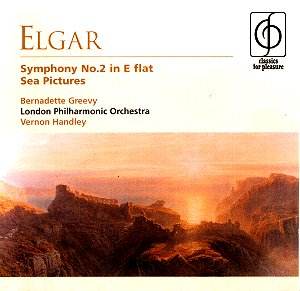 Composer: Fanny Mendelssohn
Composer: Fanny Mendelssohn
Works: Selected Lieder, Piano Works, and Chamber Music
Performers: Various artists
Label: Amadeus Press
Fanny Mendelssohn, the sister of Felix Mendelssohn, has often been relegated to the shadows of her brother’s illustrious career, yet her oeuvre reflects a compositional voice that warrants a fresh examination. In the context of the early 19th century, Fanny’s work emerges not merely as an avenue for self-expression but as a significant contribution to the repertoire of Romantic music. This review, while addressing the recent literature surrounding her life and compositions, also serves as an exploration of the intrinsic qualities of her music and the performances derived from it.
The recordings of her selected lieder, piano works, and chamber music reveal a blend of charm and sophistication, though they are not without their limitations. One observes that the harmonic language, while often lush, relies on established Romantic idioms. For instance, her Lieder frequently exhibit a delicate interplay between vocal lines and piano accompaniments, yet they occasionally fall into predictable melodic patterns that lack the originality found in her brother’s works. The performances do justice to the lyrical qualities inherent in these pieces, yet they sometimes fail to transcend the inherent formulaic nature of the compositions.
Interpretation choices vary widely among performers. Some artists opt for a more straightforward delivery, emphasizing the melodic content, while others seek to infuse the pieces with deeper emotional resonance. However, a lack of consistent interpretative depth can be noted, particularly in the piano works, where a more imaginative approach could illuminate the subtleties of her harmonic progressions and rhythmic intricacies. The technical execution is generally proficient, yet there are moments where the performers seem to shy away from fully exploring the expressive potential of the music.
The sound quality and engineering on these recordings are commendable, facilitating an intimate listening experience that enhances the nuanced interplay between instruments. The clarity of the piano in particular allows for the intricate patterns to emerge, yet one might argue that a more dynamic range could further elevate the overall impact. Comparatively, recordings by other artists—such as those by the renowned Schumann Quartet—tend to offer a more vivid interpretation, showcasing the latent drama in Fanny’s chamber works that can sometimes be overlooked in this collection.
Fanny Mendelssohn’s music, while not groundbreaking in the same vein as her brother’s, holds a unique place within the Romantic tradition and deserves consideration on its own merits. The performances capture the essence of her works, yet they often lack the revelatory insight that could elevate them beyond mere charm. The literature surrounding her life, including Tillard’s biographical exploration, adds layers of context, yet it sometimes veers into the realm of conjecture rather than critical analysis. Ultimately, while the recordings provide a window into Fanny’s musical world, they also highlight the ongoing challenge of reconciling her legacy with the realities of her compositional output. Engaging with her music invites a nuanced dialogue about gender, creativity, and the historical constraints that shaped not only her career but also the reception of women composers in the broader musical canon.



